How to Keep Data Collection from Feeling Like a Bad Case of the Flu
'Round these parts, the flu has taken hold. (Hence the short break in posts.)When the flu takes you, think about how you feel - exhausted, consumed by your fever or cough or congestion (or all three, which was the case here). You can't do anything else. You can't smile or laugh, you can't get other things done; all you can do is lay down and be the flu for as long as it takes for it all to pass.Now replace the word flu with data collection and think about our classrooms.When data collection takes hold, think about how you feel - exhausted from the late nights and weekends collecting and norming and assessing, consumed by your performance assessments and grids of kids and computer programs. You can't do anything else. You can't smile or laugh with the kids (you are too busy having them perform tasks). You can't get other things done (like teaching or conferring or loving your kids). All you can do is keep assessing and collecting for as long as it takes for it all to pass.Don't get us wrong. While critical and skeptical at times, we have seen the power of good and useful data. When good data is collected and used, it can transform our work. It can obliterate pointlessness in lessons, the vague feeling that we are not teaching what the kids need, the lack of clarity in our small groups and one-on-one work. But all too often there is just too much information to do much with that feels purposeful - and instead it feels like a bad case of the you-know-what.We need a way to collect data that is less like the flu and more like having super powered, x-ray glasses. Here is one way that has worked for us:How to Collect Data You Can Use.Step One: Give an Assessment.This could be a full on performance assessment or task, or it could be just a post-it note where students put their name and their best thinking about the character in their book.Step Two: Norm the skills on that Assessment.This feels pretty important, although it is time consuming. The point here is that I am not the end all, be all of what it means to be at a high level of elaboration in essay. I am not the master of that domain. I need my colleagues to sit with me and discuss what we think a high level of elaboration is, and agree. Partly because, well, I might be wrong (extremely unlikely, of course, but possible) and partly because it is not fair to kids if I think a low is a high and my colleague thinks a high is a low. I have heard it said about norming that it matters less that we are right and more that we agree.Step Three: Sort into a usable grid.Once I know what a good, bad, and ugly version of the skills I am assessing are, I will need to get this information into a format that can help me. Here is what we have found to be true: a stack of graded papers does not help me. No, a stack of graded papers mocks me. It says "Oooo, there is so much information about your students here...come find it ...if you can." Instead, create a grid that can show you the patterns in your class rather than one individual student. Here is one example of a grid used to sort data from a nonfiction reading assessment:
 As the grid becomes full,it is easy to see what kinds of lessons need whole class teaching (like basic synthesis work in this example), and which skills are going to really demand full-force differentiation (like author's purpose). This way I can see my class, rather than one student at a time - something that is essential for all of us, but especially helpful for those of us who teach more than one class of kids.There is that moment when you are battling the flu: you have been sick for days, bedridden, and then at some point, you stand to get yet another glass of orange juice and there is a delicious pop in your head as the congestion and pressure you have been living with for what seems like forever disappears. You can breath, you can see, you almost feel like yourself again.As our profession moves ever forward towards data collection and assessment, it is up to us to find the ways to make this work useful and beneficial - to find the moves that will pop the fog in our heads and help us to see our kids, and their progress, clearly.Big Idea: Collecting data Tiny Detail: Grid to show levels of strengthKate and Maggie
As the grid becomes full,it is easy to see what kinds of lessons need whole class teaching (like basic synthesis work in this example), and which skills are going to really demand full-force differentiation (like author's purpose). This way I can see my class, rather than one student at a time - something that is essential for all of us, but especially helpful for those of us who teach more than one class of kids.There is that moment when you are battling the flu: you have been sick for days, bedridden, and then at some point, you stand to get yet another glass of orange juice and there is a delicious pop in your head as the congestion and pressure you have been living with for what seems like forever disappears. You can breath, you can see, you almost feel like yourself again.As our profession moves ever forward towards data collection and assessment, it is up to us to find the ways to make this work useful and beneficial - to find the moves that will pop the fog in our heads and help us to see our kids, and their progress, clearly.Big Idea: Collecting data Tiny Detail: Grid to show levels of strengthKate and Maggie

